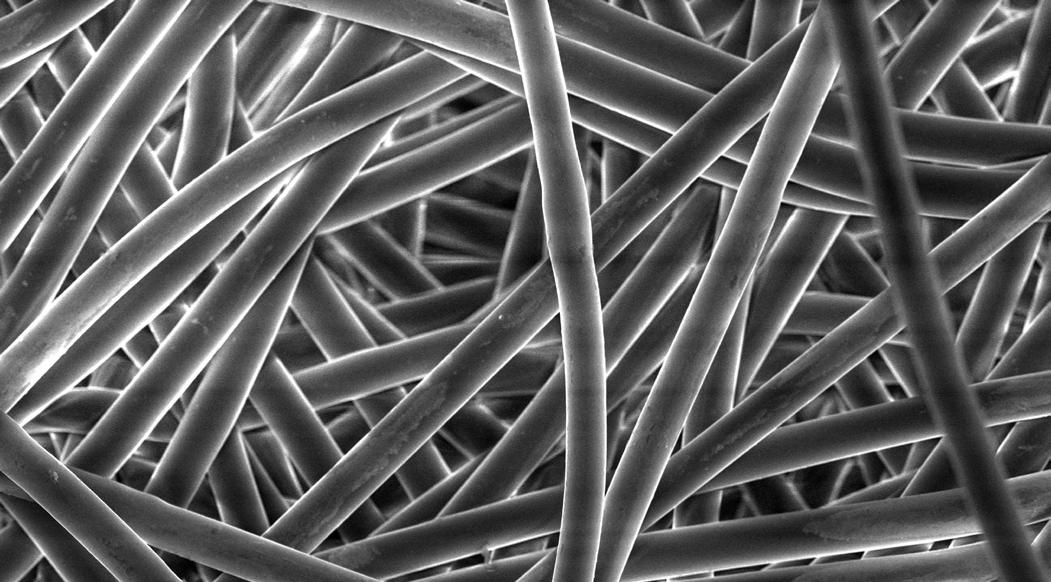FROM MASKS TO MOLLUSKS Small Things Have a Big Impact in Invertebrate Zoology
T
he first thing guests see when they arrive at the Museum is our Blue Whale skeleton, composed of specimens from our Department of Vertebrate Zoology. As Earth’s largest animal, it makes a big impression. Less known are the unsung heroes of our Department of Invertebrate Zoology, who specialize in answering big questions by investigating small things. The Museum’s scanning electron microscope (SEM) is a key piece of technology in this work. In addition to using it in his own research on marine snails, Curator of Malacology Daniel L. Geiger, Ph.D., puts the SEM to work for others. Dr. Geiger—with Invertebrate Zoology Collection Manager Vanessa Delnavaz, M.A., and former intern Bianca Campagnari—took over 1,000 SEM images to support a major taxonomic contribution recently published by Bret K. Raines, who in turn identified specimens in the collection. Collaborations like this aren’t unusual, but in April 2020, Geiger received an unusual request: UCSB Chemical Engineering Professor Eric McFarland, Ph.D., M.D., and Brian Vicente, Ph.D., asked if our SEM could be used to study materials used in masks.
10
Sample SEM image of mask material taken at a standard magnification of 1,000x. SEM imagery by Daniel Geiger
“At that time, masks were very difficult to come by, and had to be reused,” Geiger explains. Cottage Health needed to know if alternative fabrics would be safe, and whether cleaning masks for re-use would affect their structure and diminish effectiveness. This required SEM imaging and chemical analysis using Energy Dispersive Spectroscopy (EDS), an accessory of our SEM. With emergency permission to access the building, Geiger was able to provide images fast. Fortunately, the evidence provided by the SEM and EDS showed that cleaning hadn’t altered the materials, and no chemicals causing concern were found. “It alleviated concerns by Cottage Health about proper protection for the folks at the front line,” says Geiger. “All investigations were pro bono. As a local nonprofit, we’re small enough to be flexible when it counts, and we have the equipment and the expertise to provide cutting-edge emergency assistance.”
A marine snail’s tiny shell, one of many in our collection documented to support the taxonomic research of snail expert Bret K. Raines.







